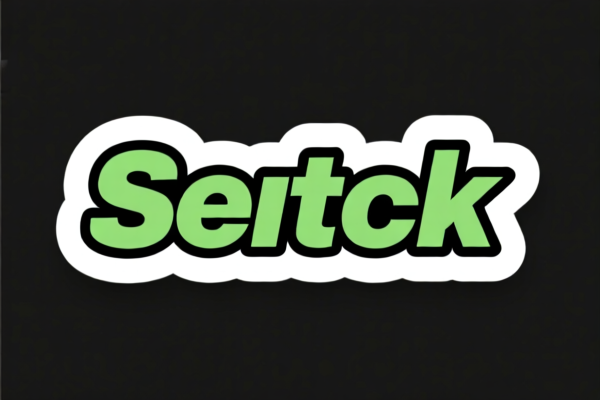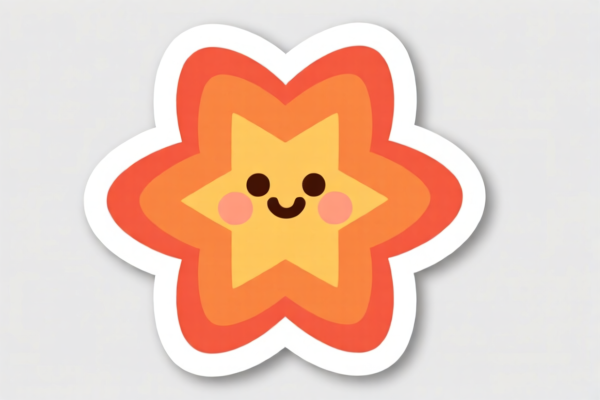| HS Code | Official Doc | Tariff Rate | Origin | Destination | Effective Date |
|---|---|---|---|---|---|
| 3919102055 | Doc | 60.8% | CN | US | 2025-05-12 |
| 3919905060 | Doc | 60.8% | CN | US | 2025-05-12 |
| 3921904010 | Doc | 34.2% | CN | US | 2025-05-12 |
| 3921904090 | Doc | 34.2% | CN | US | 2025-05-12 |
| 4016990500 | Doc | 40.9% | CN | US | 2025-05-12 |
| 4016995500 | Doc | 57.5% | CN | US | 2025-05-12 |
| 4008111000 | Doc | 55.0% | CN | US | 2025-05-12 |
| 4008210000 | Doc | 55.0% | CN | US | 2025-05-12 |
| 9612109090 | Doc | 45.4% | CN | US | 2025-05-12 |
| 4821102000 | Doc | 55.0% | CN | US | 2025-05-12 |
| 4821104000 | Doc | 55.0% | CN | US | 2025-05-12 |
| 4823901000 | Doc | 55.0% | CN | US | 2025-05-12 |
| 4823902000 | Doc | 55.0% | CN | US | 2025-05-12 |




Wave Sticker
Wave stickers, also known as water wave stickers or hydrographic stickers, are decorative films used to transfer designs onto three-dimensional surfaces. They utilize the principles of water surface tension to apply intricate patterns to objects.
Material
Wave stickers are typically composed of a polyvinyl alcohol (PVA) film. This film is printed with the desired design and is biodegradable. The film is activated by water and a special activator solution. An activator chemical is used to liquefy the ink on the film, allowing it to float on the water's surface and adhere to the object being decorated.
Purpose
The primary purpose of wave stickers is to achieve complex, all-over decorative finishes on a variety of materials. They offer an alternative to painting, airbrushing, or other traditional surface decoration methods. They are commonly used for customization and aesthetic enhancement.
Function
The process relies on the following steps:
- Film Preparation: The wave sticker film is floated on a water surface.
- Activation: An activator solution is sprayed onto the film, dissolving the PVA base and causing the printed design to spread and float as a liquid ink layer.
- Dipping: The object to be decorated is slowly submerged into the water, passing through the floating ink layer. The ink adheres to the object's surface due to surface tension and adhesion properties.
- Rinsing: The object is removed from the water and thoroughly rinsed to remove any residual PVA film and activator solution.
- Finishing: A clear coat is typically applied to protect the design and provide a durable, glossy finish.
Usage Scenarios
Wave stickers are widely used in:
- Automotive Customization: Decorating car interiors (dashboards, trim, steering wheels) and exteriors (engine covers, emblems).
- Consumer Electronics: Applying designs to phone cases, gaming consoles, laptops, and other electronic devices.
- Sporting Goods: Customizing helmets, firearms (where legal), and other sports equipment.
- Furniture & Home Decor: Decorating furniture pieces, vases, and other decorative items.
- DIY Projects: A popular choice for hobbyists and custom builders.
Common Types
- Single-Dip Films: Designed for a single use, covering one object at a time.
- Multi-Dip Films: Larger films that can be used to decorate multiple smaller objects.
- Hydrographic Film Patterns: A vast range of patterns are available, including:
- Carbon Fiber: A popular choice for a sporty, high-tech look.
- Wood Grain: Simulates the appearance of various wood types.
- Marble: Replicates the look of natural marble.
- Abstract Designs: A wide variety of artistic and geometric patterns.
- Camouflage: Various camouflage patterns for military or outdoor applications.
- Reverse Hydrographic Film: A newer technique where the design is transferred to the underside of the object.
Based on the provided information, “wave sticker” can be interpreted as adhesive sheets or films, potentially made of plastic or paper. Here are the relevant HS codes:
- 3919102055: This HS code covers self-adhesive plates, sheets, film, foil, tape, strip and other flat shapes, of plastics, whether or not in rolls, specifically those in rolls of a width not exceeding 20 cm. The tax rate details include a base tariff of 5.8%, an additional tariff of 25.0%, and an additional tariff of 30.0% after April 2, 2025, resulting in a total tariff of 60.8%.
- 3919905060: This HS code also covers self-adhesive plates, sheets, film, foil, tape, strip and other flat shapes, of plastics, whether or not in rolls, but categorized as "Other". The tax rate details are identical to HS code 3919102055: a base tariff of 5.8%, an additional tariff of 25.0%, and an additional tariff of 30.0% after April 2, 2025, resulting in a total tariff of 60.8%.
- 4821102000: This HS code covers paper and paperboard labels of all kinds, whether or not printed, specifically those printed in whole or in part by a lithographic process. The tax rate details include a base tariff of 0.0%, an additional tariff of 25.0%, and an additional tariff of 30.0% after April 2, 2025, resulting in a total tariff of 55.0%.
- 4821104000: This HS code also covers paper and paperboard labels of all kinds, whether or not printed, but categorized as "Other". The tax rate details are identical to HS code 4821102000: a base tariff of 0.0%, an additional tariff of 25.0%, and an additional tariff of 30.0% after April 2, 2025, resulting in a total tariff of 55.0%.
Chapter Breakdown:
- 39: Plastics and articles thereof.
- 48: Paper and paperboard; articles of paper pulp, paper, paperboard, cellulose wadding or webs of cellulose fibers.
Heading Breakdown:
- 19: Self-adhesive plates, sheets, film, foil, tape, strip and other flat shapes, of plastics.
- 21: Paper and paperboard labels of all kinds.
Subheading Breakdown:
- 10: Specifically for self-adhesive products in rolls not exceeding 20cm in width.
- 20: Printed in whole or in part by a lithographic process.
- 40: Other (for paper and paperboard labels).
- 50: Other (for self-adhesive products).
Important Note:
For HS codes 4821102000 and 4821104000, the material is paper or paperboard. If the wave sticker is made of plastic, HS codes 3919102055 or 3919905060 would be more appropriate.
Customer Reviews
No reviews yet.